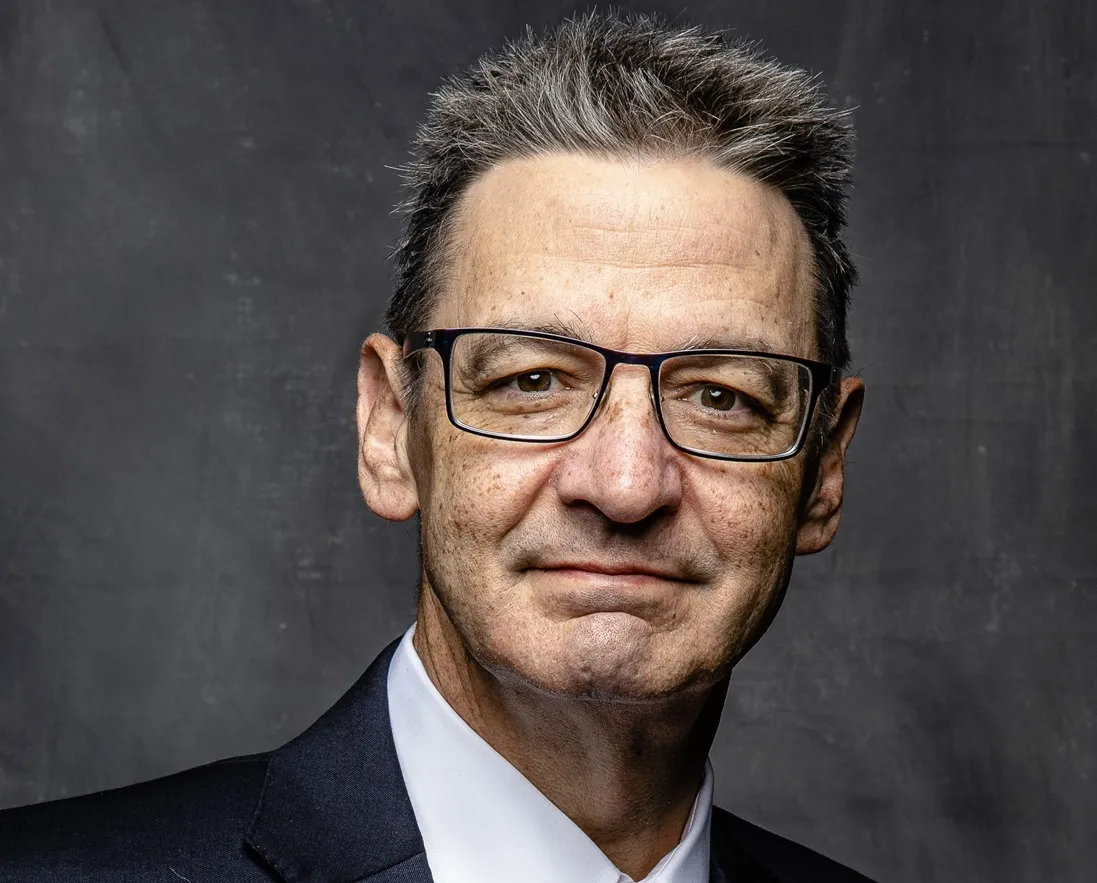TomTom is calling on drivers around the world to get involved in a short film celebrating life on the road.
From the everyday to the extraordinary, TomTom wants drivers to capture and share their favourite driving experiences for the chance to star in the film, called Life in a Car. The film will be made entirely from footage shot by real drivers, and will be directed by Natalia Andreadis, who worked on Ridley Scott's award-winning crowd-sourced movie, Life in a Day. It will premiere in September this ye
June 3, 2016
Read time: 2 mins
From the everyday to the extraordinary, TomTom wants drivers to capture and share their favourite driving experiences for the chance to star in the film, called Life in a Car. The film will be made entirely from footage shot by real drivers, and will be directed by Natalia Andreadis, who worked on Ridley Scott's award-winning crowd-sourced movie, Life in a Day. It will premiere in September this year.
Andreadis said: "Life in a Car will bring drivers around the globe together, as they share the stories of their lives during their daily drives. I love working with real people, and real experiences, and can't wait to see all the wonderful videos that drivers will share with us."
People can get involved in the project by submitting their footage via a specially developed app for smartphones, or by uploading their films to a Facebook app. The submission period runs until 15 August. The project asks drivers to film whilst in their car – not whilst they are driving.
Corinne Vigreux, co-founder and managing director, TomTom consumer, commented: "… we are thrilled to be joining forces with drivers to create something truly unique together.
"In fact, with self-driving vehicles a not-too-distant reality, now is the ideal time to capture what life is like in our cars, today, before the way we use them changes forever."









